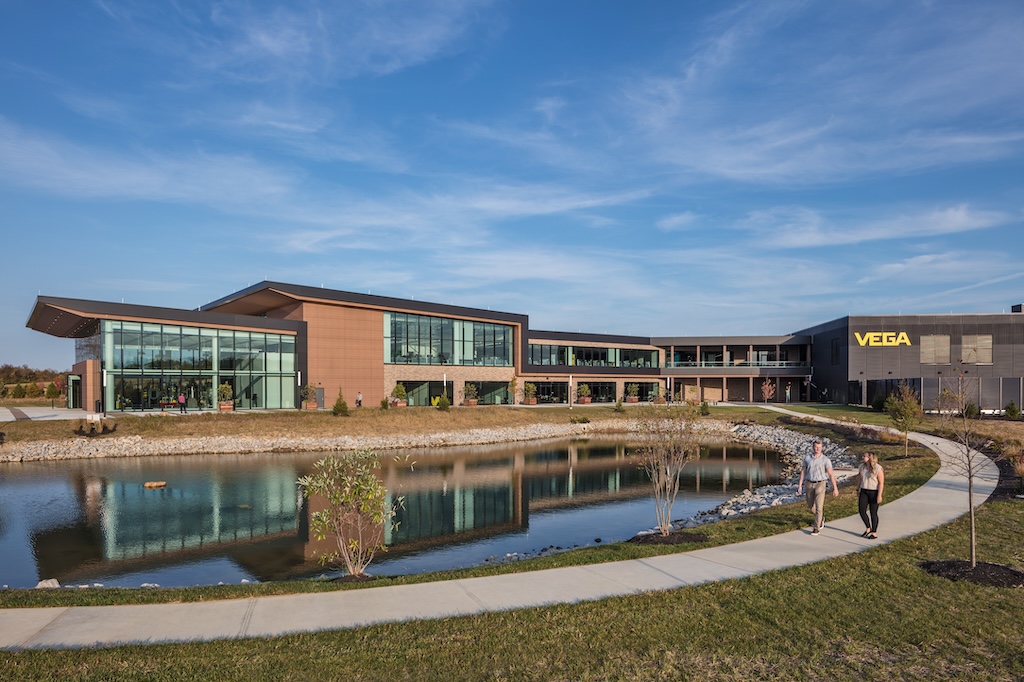Day 1: Pre-registration tops 100,000 as attendees hear about 3D printing, workforce development issues.

The opening day of the 2014 IMTS Show in Chicago surpassed expectations and is well on it’s was to surpassing 2012’s record numbers.
Pre-registration for the 2014 show, North America’s largest manufacturing trade event, topped 100,000, which was the total attendance at the 2012 event. Judging by the show floor traffic, the 2014 event should easily surpass the 2012 show, which had 20,000 more attendees than in 2010.
Part of the growth was due to the addition in 2012 of the Industrial Automation North America pavilion, presented by Hannover Fairs USA. Hannover Messe announced at its Monday press opening that India has been named the partner nation for the 2015 Hannover Messe in Germany. The opening of the event produced a number of new innovations and new information on day 1.
Among the highlights:
IHS: 3D printing presents both opportunities and threats
While 3D printing has captured the attention of both the manufacturing industry and the general public, significant issues remain before the technology will be widely adopted. That was the view of Alex Chausovsky, manager and principle analyst at IHS motor driven equipment division.
At a presentation at IMTS on Sept. 8, Chausovsky noted the technology just now is maturing. He said it presents both opportunities and threats to traditional machine tools manufacturing industry. Because engineers will be able to create a CAD model and have the part in their hands by next day, 3D printing speeds time to create prototypes, and ultimately time to market while saving development costs and reducing material wastes.
There are still challenges and limitations for 3D printing technology such as intellectual property concerns, environmental impact, its effect on traditional manufacturing job market, high costs, extremely slow speed and size limitations. Another critical challenge is the establishment of codes and standards for 3D printing, which "Will be an extremely long and slowly progressing process," Chausovsky said.
"3D printing is exploding. Companies related to additive manufacturing technology, no matter how big or small they are, need to think about the impact it has. (Looking) 5 to 10 years into the future, our kids will be growing up with 3D printing technology," said Chausovsky.
For example, ExOne presented its 3D printing machines and printed products at IMTS this week. The company utilizes materials such as silica sand, ceramics, stainless steel, tungsten, iron, and bronze materials. ExOne’s core target markets are automotive, energy, and the oil and gas industry.
"The markets are almost unlimited for 3D printing, especially in the core industries," said Jennifer Moran, marketing communications specialist at ExOne.
They also are participating in the creation of a 3D-printed car at the 2014 IMTS Show this week.
Lincoln Electric welding simulator
Lincoln Electric, the 2013 Plant Engineering Top Plant of the Year winner, demonstrated the VRTEX welding simulator at IMTS 2014 at McCormick Place in Chicago, Ill. VRTEX is designed to teach aspiring students interested in welding the fundamentals in a safe environment.
"It teaches students positioning and technique without the other variables like heat and sparks flashing in your face," said Sarah Evans, Virtual Solutions Product Manager, Lincoln Electric.
In addition to providing a safe environment for students, VRTEX is also cost-effective because it saves instructors money because the training is in a virtual environment.
"Students can also learn by watching because they’re seeing what’s going on and they can use the tutorial to help them learn in a safe environment," Evans said.
Students, STEM, and the global economy
Another area where students are getting a hands-on view of manufacturing as a career is Project lead The Way. Dr. Vince Bertram, president of Project Lead the Way, said the Smartforce Student Summit at IMTS was built for students to show them the opportunities that are available in careers that they may not have thought of. Bertram identified two key issues in the school system today: Too many people have low expectations for the students and students have low expectations of themselves.
The STEM industry is a growing industry. Where there are 20 million people in America unemployed or underemployed; the unemployment rate in STEM is half the general U.S. unemployment rate. The major problem that the manufacturing jobs face is having one generation go into retirement and not have enough people trained to replace them. As technology is constantly changing, the key to job security is acquiring the job skills to be able to keep up with the global economy and constant innovation.
Learning to collaborate, solve problems and think critically are the skills that the new generation will need to keep up the constantly changing technology. By debunking the myth that one needs a 4 year bachelors degree to find a job, Bertram told the 150 students at an IMTS session Sept. 8 that a two-year education and a technical degree could be "a better return on your investment."
Joy Chang, Anisa Samarxhiu and Chris Vavra contributed to this article.



